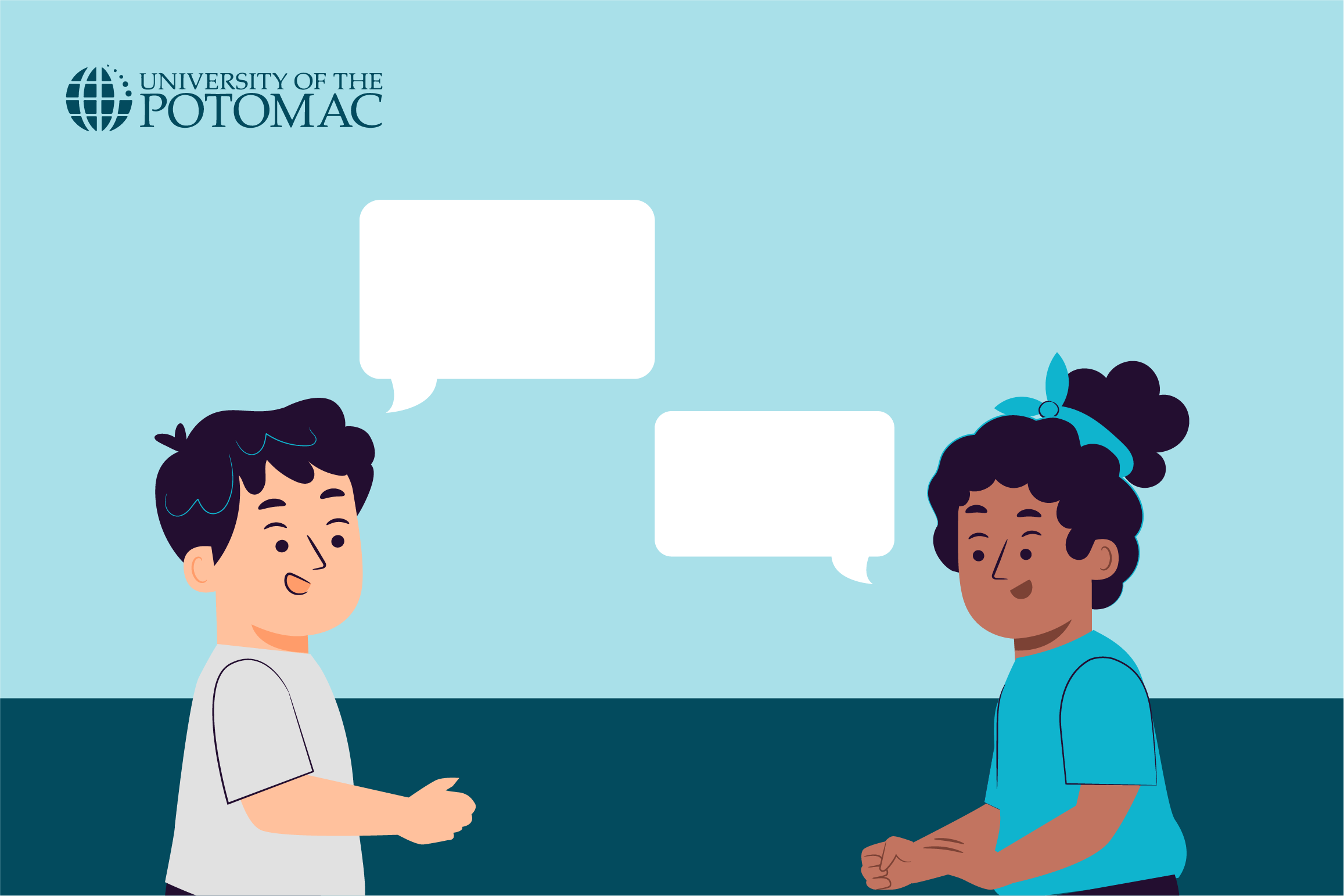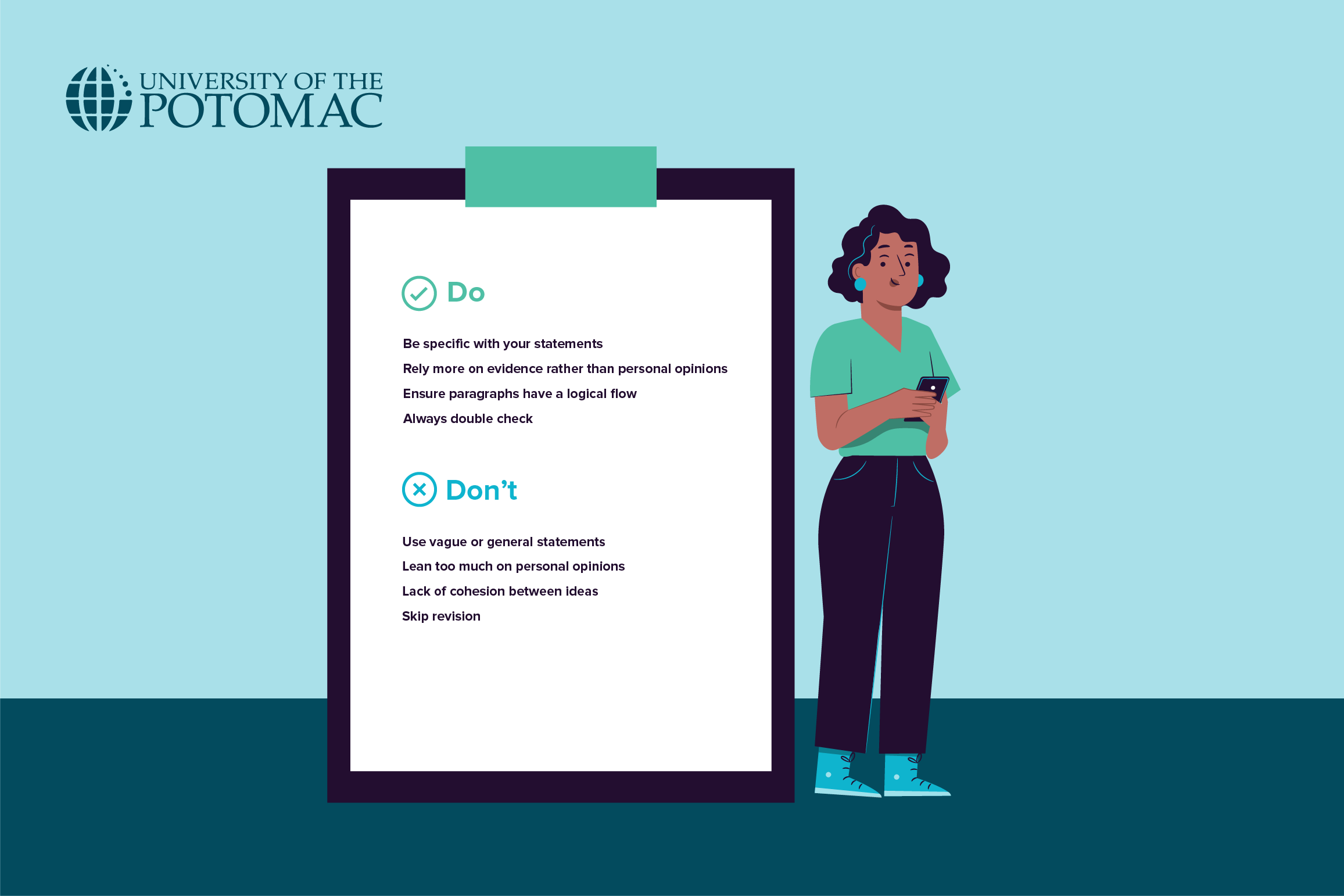When it comes to understanding information, it’s important to recognize that everyone learns differently. People have unique learning styles, including visual, auditory, read/write, and kinesthetic. Want to find out if you’re a visual learner? If you tend to excel when information is presented visually and you recall things better through images, you might be a visual learner.
In this article, we will discuss all the characteristics of visual learners and share some tips for visual learners, so keep reading if you want to learn more about this topic.
Types of Learners
When grasping information, students employ different methods based on what suits them best. The most popular learning style classifications are based on the VARK theory. According to this theory, there are four of ways of learning:
- Auditory learning means learning through hearing and listening. Students using this method comprehend and remember what they hear more quickly.
- Reading and writing is another method of learning during which students mainly prefer to read and write in order to learn more effectively.
- Kinesthetic learning means learning through practice. These types of learners can read or listen to instructions, but deep understanding occurs via the process of doing. A simple example would be learning how to ride a bike.
- Visual learning involves learning through visual aids such as diagrams, charts, and videos. This method is particularly effective for students who grasp information better through visual representations.
Let’s explore more on what is visual leaning and the characteristics of visual learners.
What Is Visual Learning?

Visual learning is exactly what it sounds like—it happens when you engage with information in visual forms such as:
- Images
- Graphs
- Infographics
- Diagrams
- Mind maps
- Charts
Visual learners have a knack for drawing, doodling, and coloring, and they tend to have vivid imaginations and great creativity.
During class, they may appear to be paying less attention because they are mentally visualizing what is being taught, which helps them learn and memorize new information.
7 Characteristics of Visual Learners

Visual learners are known to be highly skilled at visualizing and conceptualizing concepts, making them adept at understanding complex data and patterns. As observers of their environment, they tend to notice and remember details that others may overlook.
Due to their strong memory and quick learning abilities, visual learners can often recall specific details from visual stimuli and quickly grasp new concepts when presented visually. These specific characteristics of visual learners set them apart from other types of learners.
Here are seven key characteristics of visual learners:
1. Great observers
Visual learners possess a natural ability to absorb and interpret information from their surroundings through keen observation. They are particularly attuned to visual stimuli, noticing details and nuances that others might overlook. This heightened awareness stems from their focus on images and visuals, which allows them to capture the essence of a scene or object quickly and accurately.
2. Quick learners
Visual learning facilitates rapid absorption of information due to the brain’s efficient processing of images. Unlike text, which requires sequential decoding and linguistic processing, visuals are processed more holistically and can straightforwardly convey complex concepts. This advantage enables visual learners to grasp ideas quickly and retain them more effectively.
3. Excellent visual memory
Visual learners leverage their strong visual memory to encode and recall information effectively. Images and visual cues are stored directly in long-term memory, where they can be accessed readily. This capability contrasts with short-term memory, which is limited in capacity and duration for textual information, making visual learning particularly advantageous for retaining detailed and complex information over time.
4. Good at arts
The predisposition of visual learners towards artistic skills arises from their continuous engagement with visual stimuli. Exposure to imagery not only enhances their appreciation of aesthetics but also nurtures their creative expression. Many visual learners find fulfillment and success in artistic endeavors, whether as a hobby or a career, as they can translate their visual acuity into tangible artistic creations.
5. Great mental imagery
Visual learners possess a vivid imagination that allows them to create and manipulate mental images with clarity and precision. This ability aids in problem-solving, as they can visualize different scenarios and explore various solutions in their minds. Mental imagery also enhances their creativity, enabling them to generate innovative ideas and concepts.
6. Strong spatial awareness
Visual learners excel in understanding spatial relationships and dimensions. They have a heightened ability to visualize objects in space, which is beneficial for tasks such as interpreting maps, navigating environments, and understanding geometric concepts. This spatial acumen contributes to their proficiency in fields requiring spatial reasoning, such as architecture, engineering, and design.
7. Prefer organized and visually appealing study materials
Visual learners thrive when presented with structured and visually appealing learning materials. Clear diagrams, well-organized charts, and visually stimulating presentations enhance their comprehension and retention of information. Visual clarity in educational resources helps them connect concepts effectively and reinforces their understanding through visual associations.
Benefits of Visual Learning

Sure, using illustrations for learning sounds appealing to everyone, but how effective is it in practice?
Surprisingly, there are more benefits to it than you might imagine. Not only does it help these learners retain information more quickly, but it also makes learning more enjoyable. What’s more, this style is practical and can be seamlessly integrated into your study sessions.
Better quality learning
Once you understand the importance of identifying your learning style and how it impacts the learning process, you can start to improve the overall quality of your learning environment and process.
Interested in pursuing a degree?
Fill out the form and get all admission information you need regarding your chosen program.
This will only take a moment.
Message Received!
Thank you for reaching out to us. We will review your message and get right back to you within 24 hours.
If there is an urgent matter and you need to speak to someone immediately you can call at the following phone number:
- We value your privacy.
Powerful images and visual metaphors create powerful impressions and lasting memories in learners. Written concepts are not always the best way out. Let’s take the example of a body language lesson. Pictures can more easily be linked to the context, creating better quality in learning the lesson about body language and making the connection between different stances far more comprehensive. This would make the learning process faster and easier to grasp.
Cost-effective learning
Visual learning is also very cheap. Most of the strategies followed in this learning style entail little to no cost, but even if it does, it will pay off in the end.
Some tools that students utilize in the process of visual learning that require little to no money at all are:
- PowerPoint slides with notes
- Highlighting key passages
- Doodles and flowcharts
- Creating flashcards
Better recollection of memories
You can often encounter students with their eyes closed during exams or when thinking of an answer. They are trying to think of something related to the solution, whether something they have highlighted or a drawing near it. And most of the time, visual learners are more likely to succeed in finding the correct answer.
Learning becomes fun
Most students will have to learn to adapt during their education. Some subjects will be more difficult to master, and some teachers will use learning methods that some students do not prefer. However, if you are the type of student who takes the initiative and is ready to explore learning styles, you will be well-positioned to succeed in your education.
Learning cannot always be fun. It can get boring at times. However, visual learners experience less dull studying moments. Using slides with pictures of different colors and staring at numerous objects usually makes lectures and revising sessions more exciting.
The Bottom Line
Visual learning is a method in which students prefer learning and communicating ideas and thoughts through visuals, graphics, colors, and maps. Visual learners want the information to be seen in order to learn it effectively.
Try new things, explore and discover different learning styles and strategies until you find what works best. Keep in mind that you should not be limited by the fact that you are a visual learner. Knowing your best method will rather help you identify techniques to understand concepts easily.
Frequently Asked Questions (FAQs)
What are visual learners?
Visual learners prefer to absorb information through visual aids such as diagrams, charts, graphs, and other visual representations. They often have a strong ability to remember and recall information presented visually.
How do visual learners differ from other types of learners?
Visual learners differ from auditory and kinesthetic learners in how they best process and retain information. While auditory learners prefer to hear information and kinesthetic learners prefer hands-on experiences, visual learners rely on seeing information presented visually for better understanding and retention.
How can educators accommodate visual learners in the classroom?
Educators can accommodate visual learners by incorporating visual aids such as PowerPoint presentations, diagrams, videos, and infographics into their lessons. They can also encourage visual learners to take notes using mind maps or graphic organizers, provide written instructions in addition to verbal explanations, and offer opportunities for visual exploration and creativity.
What are some effective study strategies for visual learners?
Visual learners can benefit from study techniques such as creating flashcards with images or diagrams, using color coding to organize information, using visual mnemonics or memory aids, and creating visual summaries or concept maps to connect ideas.
Additionally, watching educational videos, using online tutorials, and seeking out visually engaging study materials can enhance learning for visual learners.
Can visual learners also benefit from other learning styles?
While visual learners have a preference for visual learning, they can still benefit from incorporating elements of auditory and kinesthetic learning into their study techniques.
For example, listening to recorded lectures or discussing concepts with peers can complement visual learning strategies and enhance overall understanding and retention.










